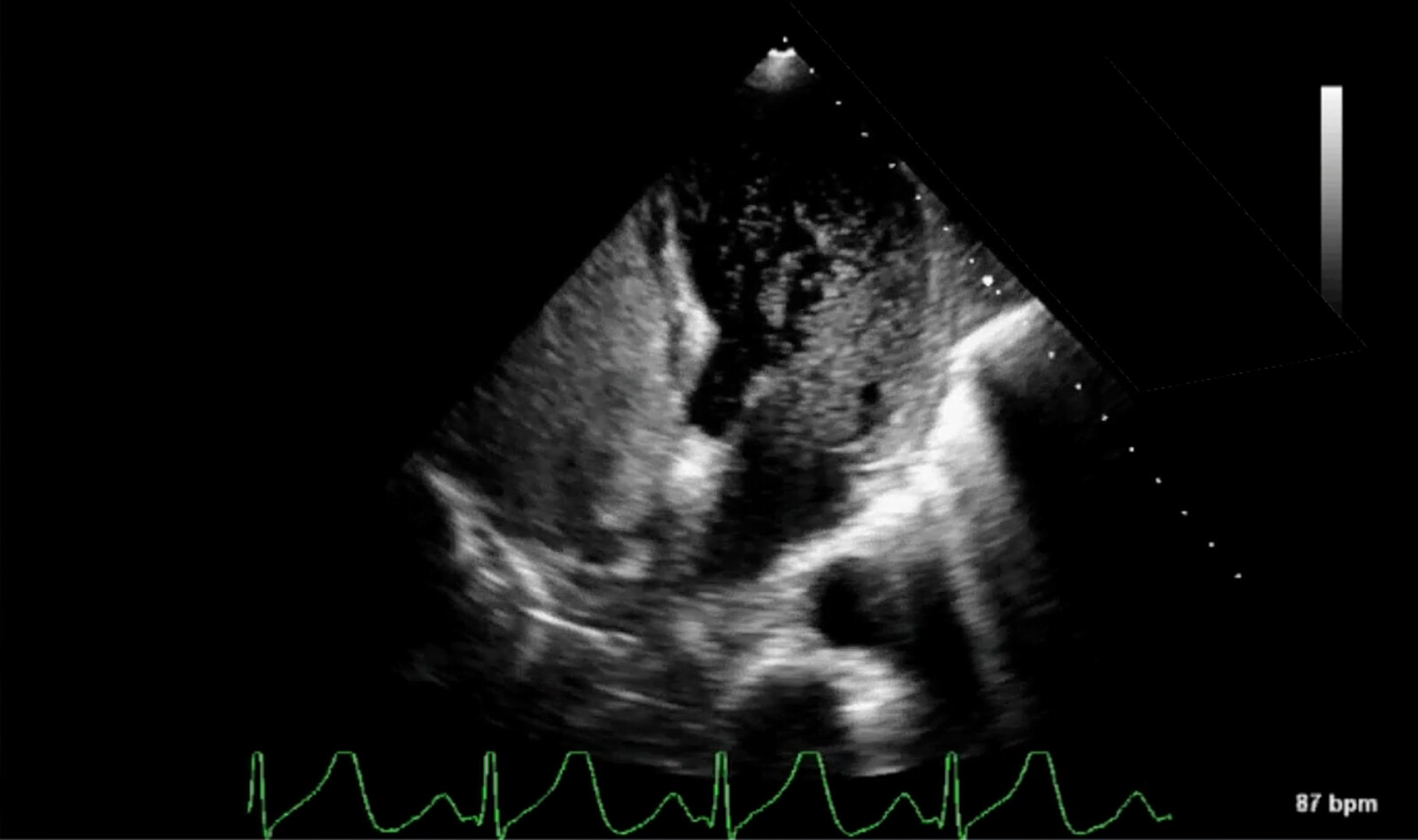BRIEF RESEARCH COMMUNICATIONS | Efficacy of Saline Contrast Transthoracic Echocardiography for Identifying High-Risk Patent Foramen Ovale
Source: JASE 2021 34 (1); P97-98
INTRODUCTION
It is important to identify high-risk patent foramen ovale (PFO), which is likely to be linked to cryptogenic stroke (CS), since transcatheter closure can prevent further strokes. The purpose of this study was to evaluate the efficacy of saline contrast transthoracic echocardiography (TTE) for identifying high-risk PFO.
61 patients with CS and 43 patients without CS who had confirmed PFO were enrolled in this study.
Saline contrast TTE with spontaneous Valsalva maneuver was performed. The maximum number of bubbles appearing in the left ventricle was counted in any single frame within three cardiac cycles after opacification of the right atrium. The bubble gradings of right-to-left shunt were classified into four groups: grade 1 (1-4 bubbles), grade 2 (5-24 bubbles), grade 3 (25-99 bubbles), and grade 4 (>100 bubbles).
Then, transesophageal echocardiography confirmed the presence of PFO and evaluated anatomical PFO characteristics, such as the height, tunnel length, presence of atrial septal aneurysm (ASA) and others.
FINDINGS
Patients with grade 4 more frequently had large-size PFO, long tunnel PFO, ASA or hypermobile interatrial septum, and low-angle PFO compared with those with grades 1-3. Most patients with grade 4 had multiple anatomical PFO characteristics, such as large-size PFO, long-tunnel PFO, ASA or hypermobile interatrial septum, prominent Eustachian valve or Chiari’s network, and low-angle PFO.
CONCLUSIONS
The authors concluded that grade 4 on saline contrast TTE can be valuable for identifying high-risk PFO associated with CS. Saline contrast TTE may be effective to stratify patients for performing. TEE, which assesses the anatomical characteristics of PFO for transcatheter closure.
 English
English
 Español
Español 

